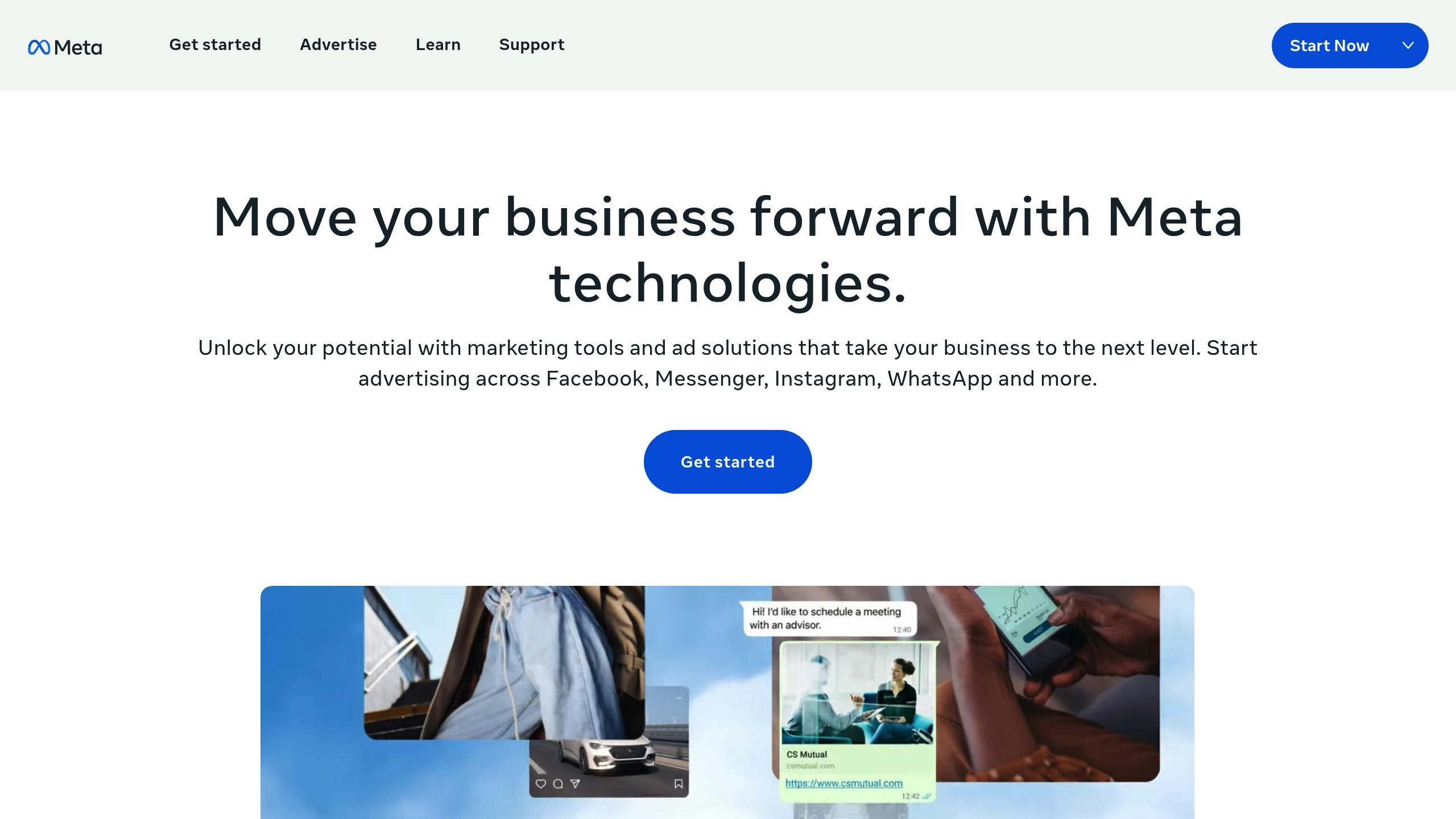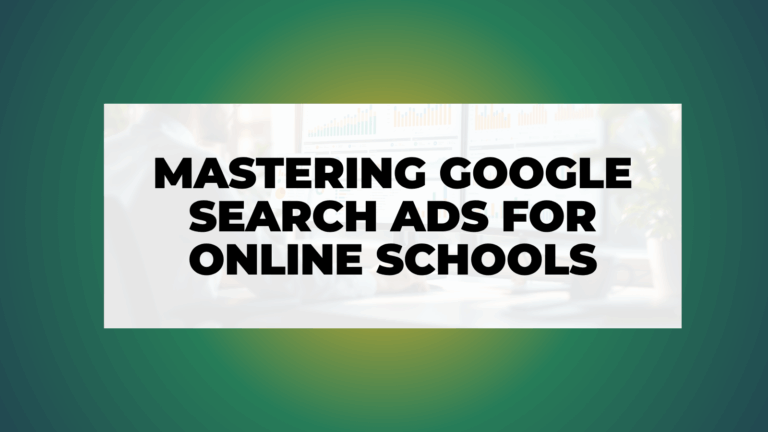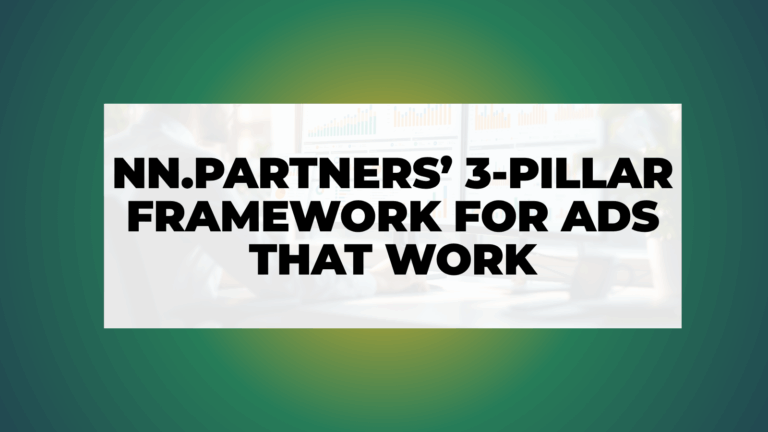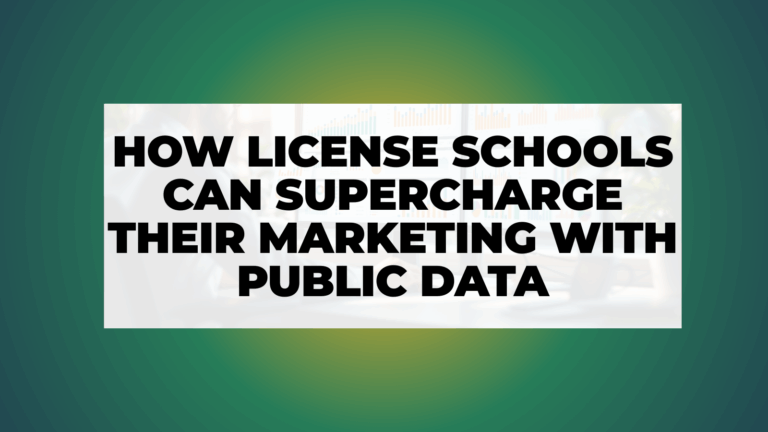Looking to boost ROI for your online school from ads? Here’s the quick answer:
- Meta Ads: Best for building brand awareness with low costs per lead and lower intent (9.21% conversion rate, $7.85 cost per lead).
- Google Ads: Ideal for capturing high-intent users actively searching for learning programs (3.78% conversion rate, $40-$60 cost per lead).
Quick Comparison
| Metric | Meta Ads | Google Ads |
|---|---|---|
| User Intent | Scrolling-focused | High-intent search |
| Avg. Cost Per Lead | $7.85 | $40-$60 |
| Conversion Rate | 9.21% | 3.39% |
| Return on Ad Spend | 6:1* | 4:1 |
*self-reported by the platform which usually attributes any conversions with Meta anywhere in the path
Key takeaway:
- Use Meta Ads → To generate awareness and engage students early.
- Use Google Ads → To drive immediate enrollments from high-intent searches.
- Best Strategy? → Combine both to maximize results across the entire student journey.
Understanding User Behavior: Social Media vs Search Engines
Meta Ads: Browsing and Brand Awareness

Social media users are not actively searching for schools—they’re scrolling for entertainment, social updates, or recommendations. This passive browsing behavior makes Meta Ads ideal for capturing attention early in the student decision-making process.
Why Meta Works for Online Schools:
- Visual-First Engagement: Meta’s video and image ads allow schools to showcase programs dynamically.
- Targeting Precision: Schools can target potential students based on interests, life events, and career aspirations.
📌 Example:
Southern New Hampshire University (SNHU) successfully used Meta Ads in 2024 to showcase its programs, leading to a 45% increase in website traffic from social media campaigns [4].
Google Ads: Targeted Search and Action

Google Ads target people who are actively searching for an online school, meaning they are much closer to making an enrollment decision.
- 93% of online experiences begin with a search engine (BrightEdge)[1].
- Google Ads in education have an average CTR of 3.78%[7], meaning users are more engaged when searching for schools (WordStream).
📌 Example:
Schools running Google Search Ads for program-specific queries like “best online MBA programs” see significantly higher conversion rates compared to social media traffic.
Meta vs. Google Ads: How User Behavior Differs
Here’s how user behavior differs between Meta Ads and Google Ads:
| Behavior Metric | Meta Ads | Google Ads |
|---|---|---|
| User Intent Level | Scroll-focused | High-intent search |
| Average CTR | 0.78% | 3.78% |
| Conversion Rate | 6.21% | 3.39% |
| Primary User Activity | Scrolling content | Conducting research |
Meta excels in raising awareness and building trust, supported by data showing that 71% of consumers are more likely to make purchases based on social media recommendations [5].
On the other hand, Google is ideal for capturing users during their decision-making process.
A great example of combining these strengths is SNHU’s 2024 campaign strategy. By blending Meta’s awareness-building power with Google Ads’ intent-driven targeting, they achieved a 15% boost in conversion rates compared to the previous year [4].
These insights into user behavior guide how budgets should be split between campaigns focused on discovery and those aimed at intent. Up next, we’ll explore how these patterns impact cost efficiency.
Google Ads vs. Facebook Ads (Which Is Better?)
Cost Analysis and ROI Comparison
Meta’s auction-based pricing structure provides a cost-effective entry point for online schools, with an average CPC of $1.06 [1]. Its flexible budgeting options make it ideal for awareness campaigns, while Google’s detailed controls are better suited for intent-driven strategies.
Meta Ads Cost Structure
Meta allows both daily and lifetime budgets, but keep in mind that daily budgets can exceed by up to 25% during high-traffic periods [3].
Google Ads Cost Structure
For Google, education-related keywords come with varying CPCs, depending on their competitiveness:
| Keyword Type | Cost Per Click Range |
|---|---|
| General Education Terms | $2-5 |
| Specific Course Names | $5-15 |
| Online MBA Programs | $40-60 |
| Professional Certifications | $15-30 |
Google’s keyword-based pricing model offers precise control through features like manual CPC bidding and the use of negative keywords [8].
ROI Data: Online School Ad Campaigns
Meta excels in brand-building campaigns with a higher ROAS, while Google is more effective for reaching decision-makers closer to conversion:
During peak enrollment periods, Google CPCs can rise by 25-40%, compared to Meta’s 15-30% CPM increases. These fluctuations highlight the importance of adjusting bids to maximize returns. We’ll dive deeper into targeting strategies in the next section.
Ad Targeting and Performance Tips
Focusing on cost-effective strategies, platform-specific targeting can help maximize your ROI.
Meta Ads: Audience Targeting Methods
Meta offers detailed targeting based on factors like education, career interests, and life events such as job changes. For better reach, combine custom audiences from website traffic with lookalike audiences [2][5].
Meta’s automated catalog ads are particularly effective, showcasing relevant courses while machine learning fine-tunes targeting [6]. Schools should make the most of these tools by creating custom audiences from website visitors and expanding reach with lookalike audiences [1].
Google Ads: Keyword Strategy
Google Ads thrives on search-driven targeting, making a solid keyword strategy essential.
Focus on long-tail keywords like “online MBA in healthcare management” to attract high-intent searches. Use exact match to ensure precision, and filter out irrelevant traffic with negative keywords [3][9].
Cross-Platform Retargeting
While each platform has its strengths, combining them can deliver even better results.
By syncing Meta Pixel and Google Ads tags, you can retarget website visitors with dynamic course ads on Meta and capture branded searches through Google [12]. Here’s how to make it work:
- Use Meta dynamic ads to retarget website visitors with tailored course catalogs.
- Run Google Search Ads to capture branded searches from prospects already familiar with your offerings.
- Ensure consistent enrollment messaging across platforms to strengthen your campaigns.
Conclusion: Platform Selection Guide
Platform Strengths and Weaknesses
Different platforms excel at various stages of the enrollment journey. Here’s a quick breakdown:
| Platform | Key Strengths | Notable Limitations |
|---|---|---|
| Meta Ads | • Precise interest-based targeting • Engaging visuals | • Ads can fatigue quickly • Limited intent-based targeting |
| Google Ads | • Reaches high-intent users • Broad audience reach | • $2.40 average CPC in education[10] • Complex setup process |
Using Both Platforms Together
A combined approach leverages the unique advantages of each platform to boost enrollment efforts. By aligning platform strengths with the student journey, you can achieve better results.
For example, during peak enrollment periods, allocating 60% of the budget to Google Ads and 40% to Meta Ads works well. During off-peak times, flipping the ratio can optimize spending and maintain ROI[4].
Working with Ad Management Agencies
Partnering with professional agencies can streamline your cross-platform campaigns. They bring expertise in maximizing returns and managing complex strategies, which is particularly helpful for schools with limited in-house resources.
Advanced Analytics Integration
- Performance tracking across platforms
- Custom attribution models
- AI-powered bid adjustments
Strategic Campaign Management
- Optimizing for each platform
- Retargeting strategies
- Testing multiple campaign variations simultaneously
FAQs
Is it better to advertise on Google or Meta?
It depends on your goals. Google Ads is ideal for driving quick conversions from people actively searching, while Meta Ads is great for building brand awareness at a lower cost. Here’s a quick comparison:
When to use Google Ads:
If your focus is on immediate enrollment, Google Ads is the better choice. It works well for targeting individuals actively searching for educational programs, making it perfect for capturing students ready to enroll.
When to use Meta Ads:
Meta Ads shine when you’re looking to connect with potential students earlier in their decision-making process. With its detailed demographic and interest-based targeting, Meta Ads deliver higher engagement rates and are excellent for sharing your brand story.
For the best results, consider combining both platforms. Use Google Ads to target ready-to-enroll students and Meta Ads to build awareness and nurture interest. This balanced strategy aligns well with different stages of the enrollment funnel.
Google Ads Highlights:
- Focused on immediate conversions
- Effective for specific program searches
Meta Ads Highlights:
- Strong demographic and interest targeting
- Engaging formats that work well for storytelling



